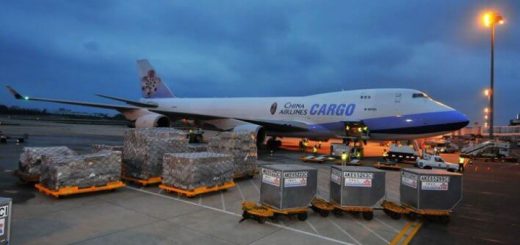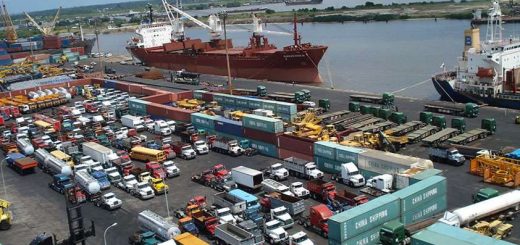8 Common Export Documents
International freight forwarding is one of the fastest growing industries of the 21st century, with huge potential for global networking, knowledge transfer and profit making.
Like any other business, there are processes, regulatory procedures and documentation involved but this may vary by destination and product.
In processing your Export consignment, you should take into consideration that every Cargo rides on documentation, as a result all necessary documentation such as commercial documents, financial documents, transport documents, insurance documents and other international trade-related documents should be perfected and readily available.
A full compliance with export documentation requirements and regulatory procedures will go a considerable distance in saving time, cutting cost and increasing profitability.
This post covers documents that are commonly used in exporting, but specific requirements vary by destination and product.
Common documents required for export
- Proforma Invoice: This is a document issued by the freight forwarder preceding the shipment of products or services. It indicates the commitment of the freight forwarder to delivering the products or services as requested.
It provides the consignee with details of the product such as quantity, value, import specifications and so on. It is not by any means a true invoice, therefore, can’t be used to request any form of payment. It might be utilized while applying for an import permit/license or for financing purposes.
- Packing List: This is a document with detailed Information about the goods being shipped. It Itemizes the merchandise by the number of cartons, packages, etc. It is mostly used to prepare the Bill of Lading and for customs verification.
- Bill of Lading: This document is a proof of an agreement between the owner of the shipment and carrier. It defines the term of the contract between the owner of the product and the carrier. The original copy can stand as a proof of ownership/receipt for the consignee to take possession of the shipment.
There are several types of Bill of Lading
- Straight Bill of Lading (non-negotiable)
- Shipper’s Order Bill of Lading (negotiable)
- Ocean Bill of Lading (Ocean Freights)
- Air Waybill (Air shipments)
- Certificates of Origin: This is a document that certifies the origin of the shipment to meet the requirements of the importing authorities.
- Commercial Invoice: This is a formal document used to determine the true value of the product. It is issued by the freight forwarder to the shipper (consignee). It is a very important document because it includes critical details such as;
- Forwarder’s name and address.
- Shipper’s name and address.
- Issue Date.
- Invoice Number.
- Shipping marks and numbers.
- Term of Sale: e.g. FOB, etc.
- Shipping information.
- Country of Origin.
- Merchandise description, P.O. number, unit price, total price, etc.
- Insurance Certificate: This document is an evidence of an insurance coverage on the shipment. It provides information on type and limit of coverage.
- Inspection Certificate: This document certifies the condition and quality of the Merchandise. It ensures the merchandise meets the consignee’s criteria.
- Export License: A document issued by an appropriate government department authorizing the export of certain items.
Fortune Global is an International Third-Party Logistics (3PL) Provider that has developed a combination of experience, expertise and know-how in resolving complex and intricate end to end issues in International Freight Forwarding.
Our systems/processes and structure support our ability to seamlessly manage documentation challenges from origin to destination.
You can contact our experts to assist with your documentation process.
For the updated/revised, Export Documentation requirements click here http://bit.ly/2hcyeyZ



